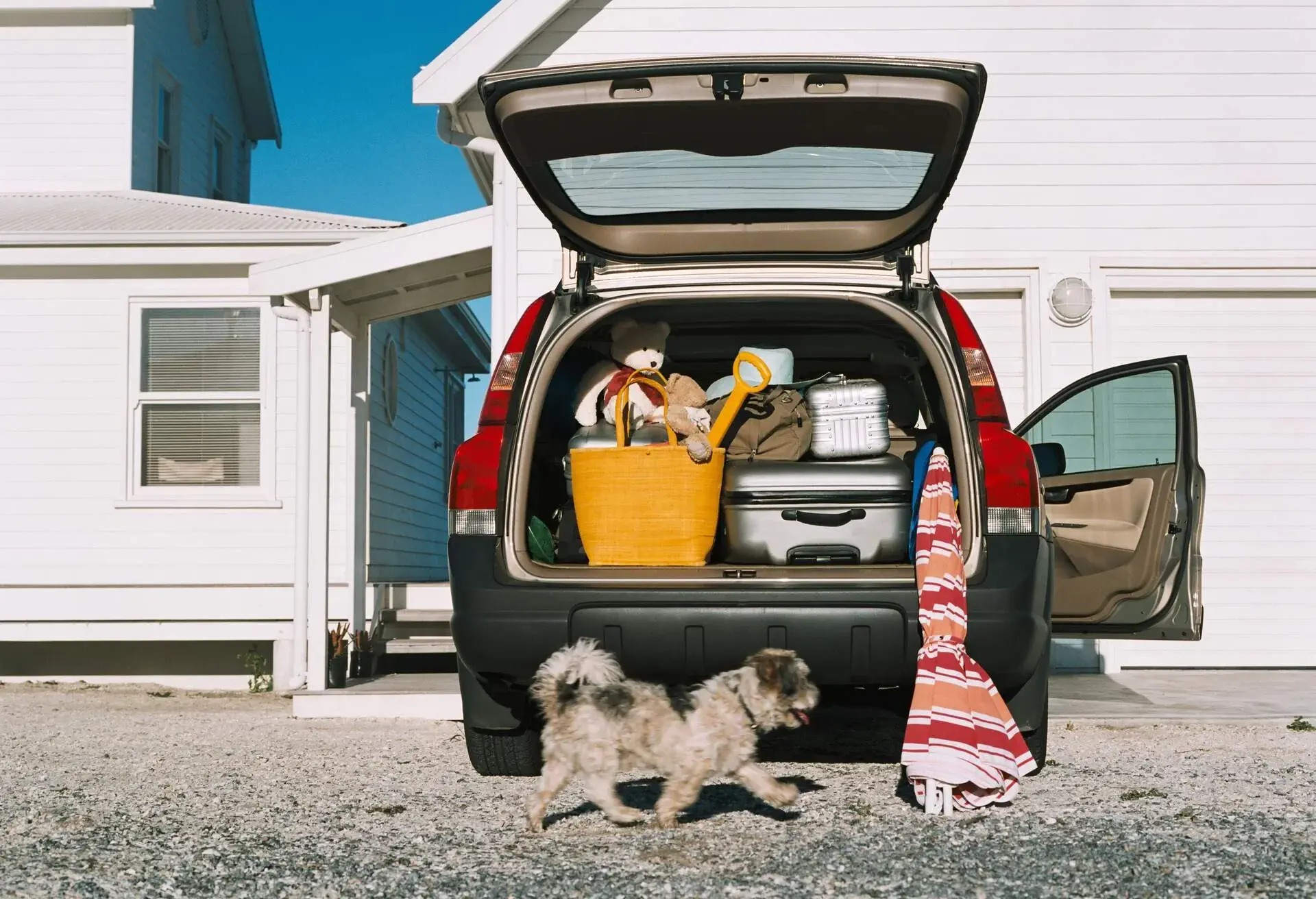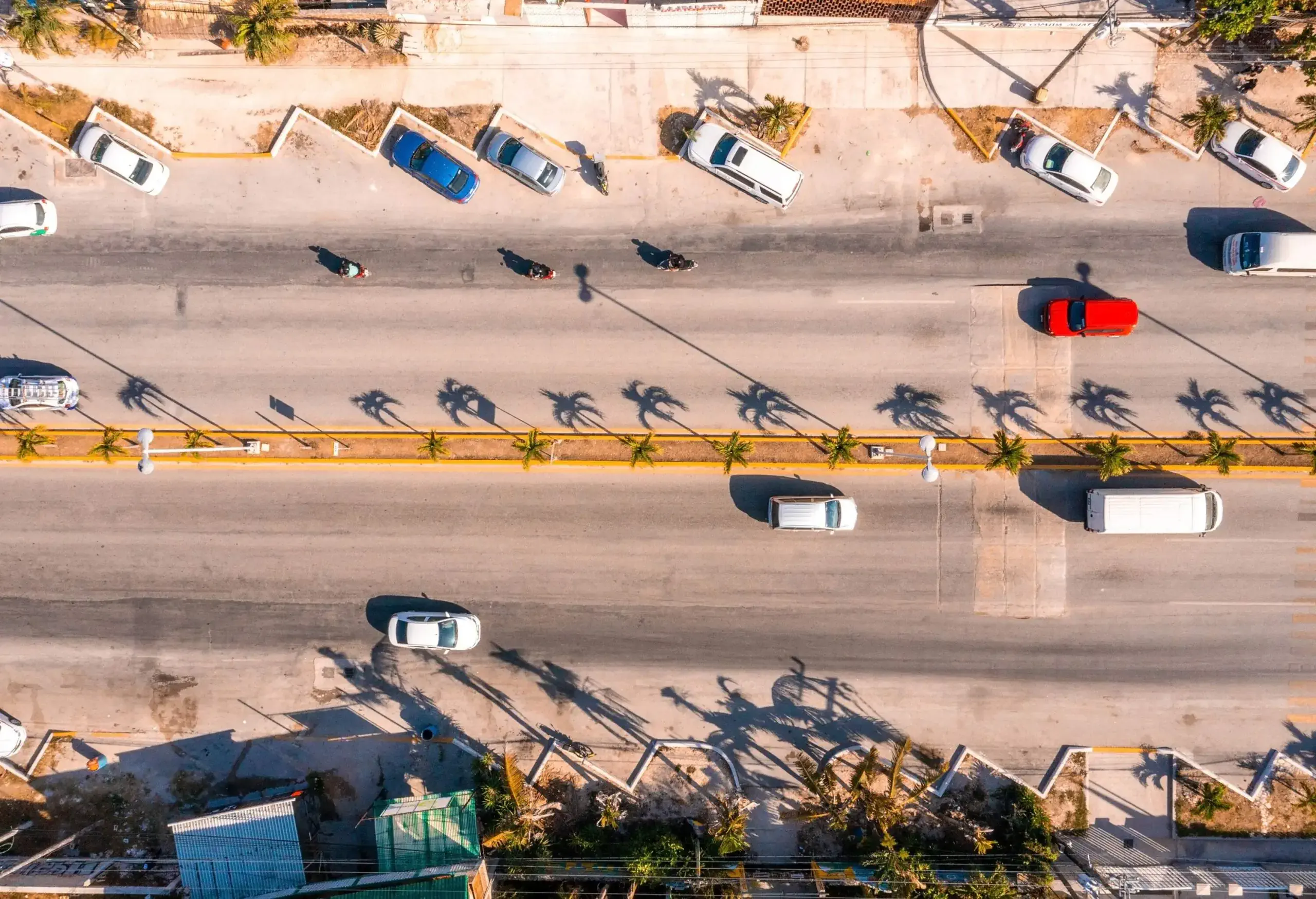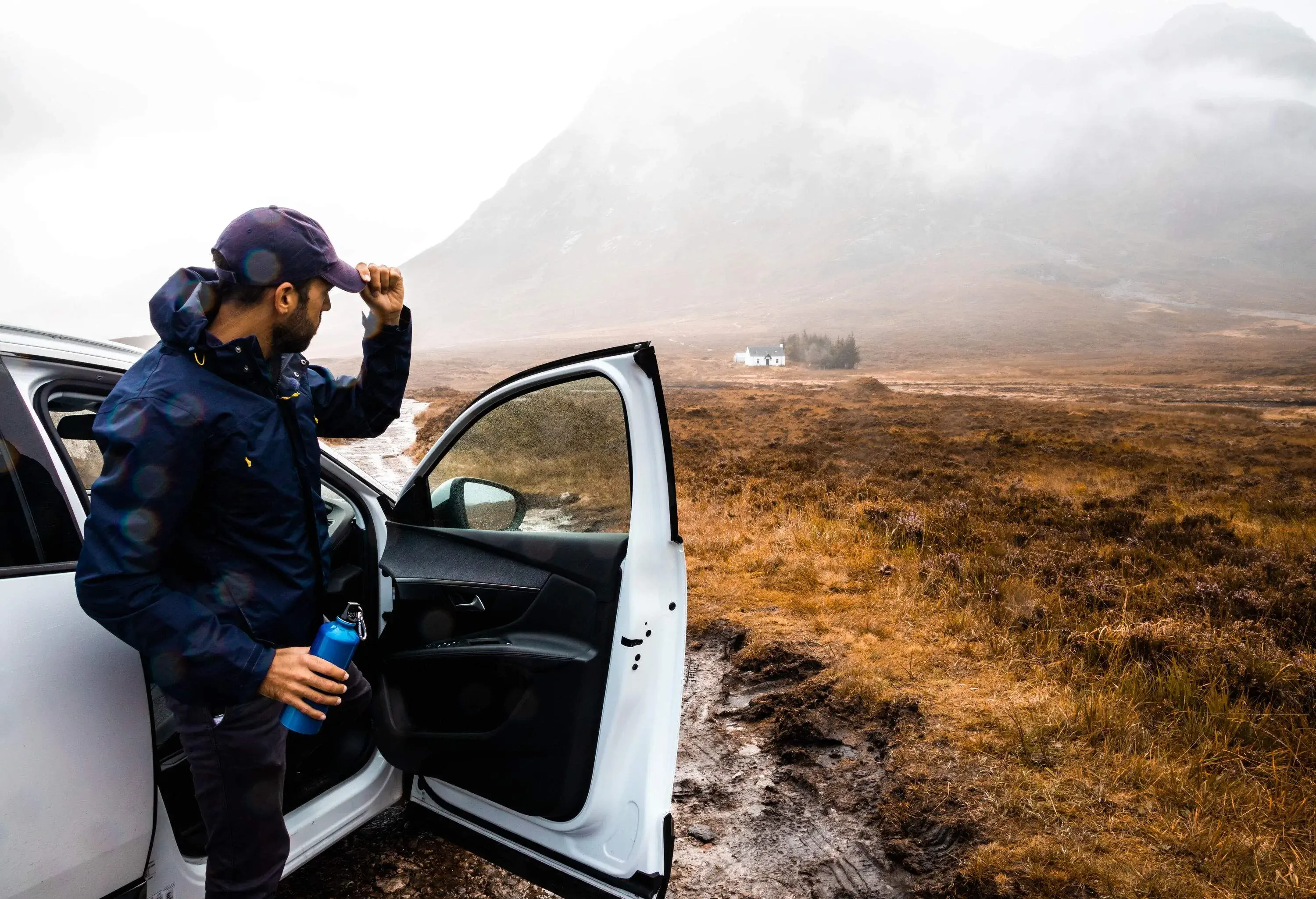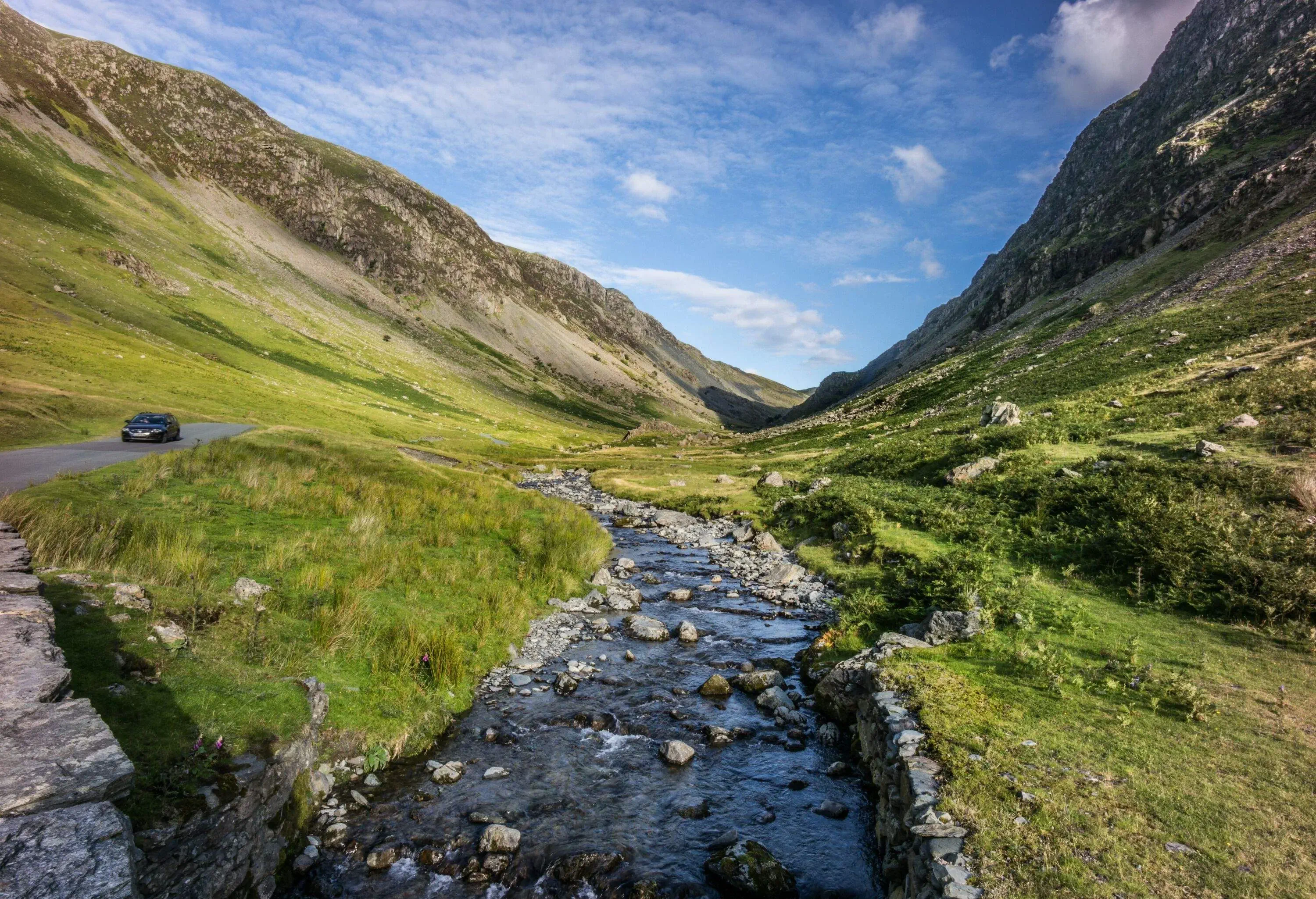

The ultimate Car Rental Guide
Everything you need to know about car hire. Discover our dedicated guides, written by travel experts, to make your journey easier.
Thinking about renting a car for your next trip but not sure where to start? We get it. Between finding the best price, understanding what’s included, and staying up-to-date on changing policies, it’s a lot. Our Car Rental Guide has everything you need to get started.
How does Car Rental work


Search for rental cars
Quick tips and tricks
Road trip ideas
How did KAYAK build this guide?
As travel experts and a prominent car rental comparison platform, KAYAK and its teams have crafted the ultimate car rental guide. To achieve this, we've drawn upon data, our analysis of consumer expectations and needs, along with the firsthand experience and expertise of our writers who have personally utilized car rental services in various countries. We trust that the diverse guides we've produced will adeptly tackle queries related to car rentals in the U.S. and around the world.
Car rental lingo and FAQs
While many car rental companies do allow you to cross the border from the US into Mexico, there are many rules and regulations that will usually apply. Most agencies only allow you to take cars from certain locations in the US into Mexico. They may also limit the car models you can rent, as well as the distance over the border you may drive the car. In addition to this, you will almost certainly have to add an extra insurance policy when renting the vehicle. As agencies tend to update their allowances on a regular basis, it’s worth checking in advance whether you’ll be able to bring a car into Mexico from the pick-up location you have in mind.











